 Plant Nature Study I
Plant Nature Study I
Plant Nature Study I
Plant Nature Study I

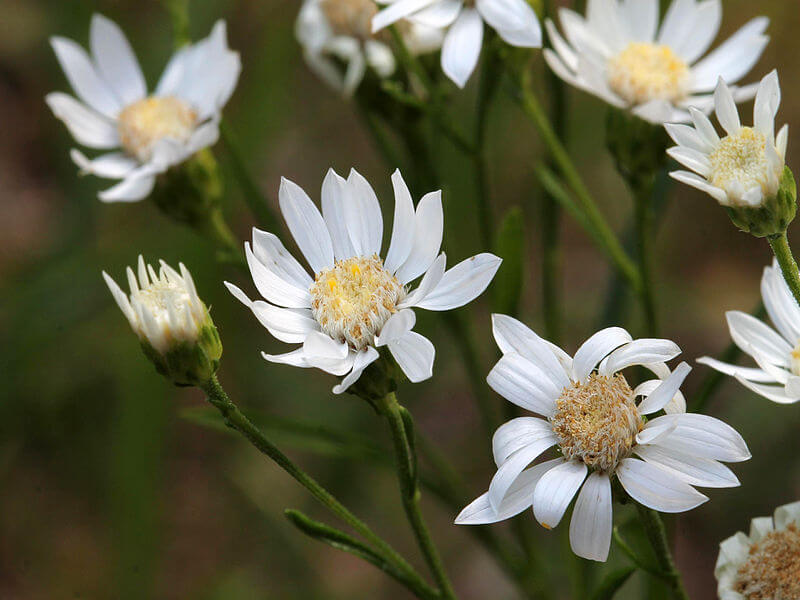
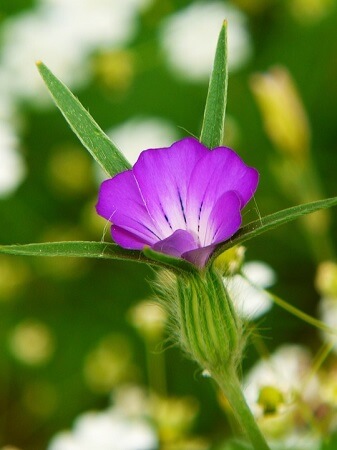
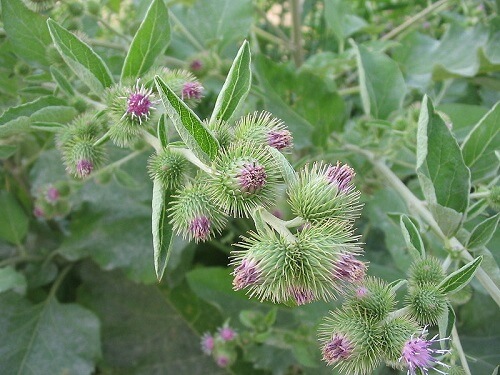
 Plant Nature Study I
Plant Nature Study I
Plant Nature Study I
Plant Nature Study I

Study the lesson for one week.
Over the week:
Animal Dispersal:

Activity 1: Narrate the Story
Activity 2: Review Seed Dispersal Mechanisms
Look at the following images of seeds and guess how they are optimized for dispersal.
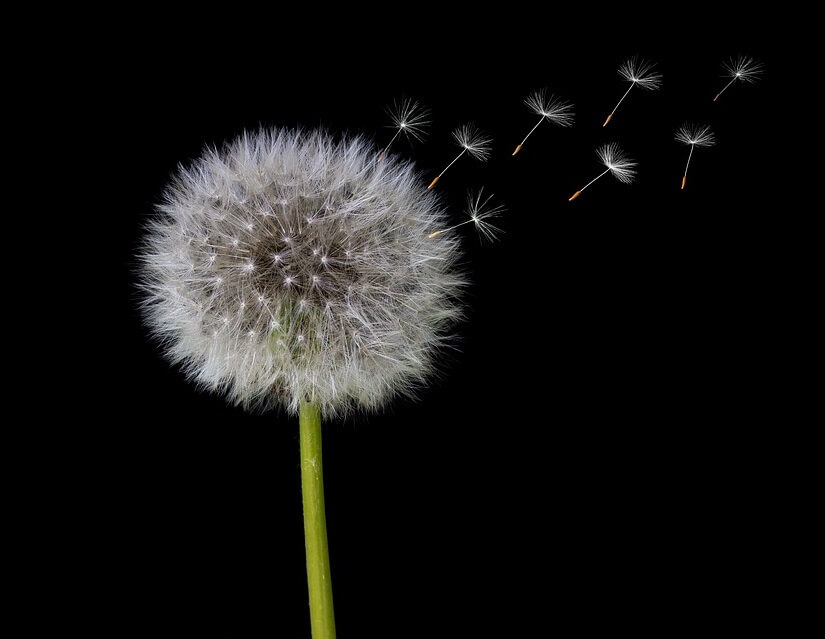

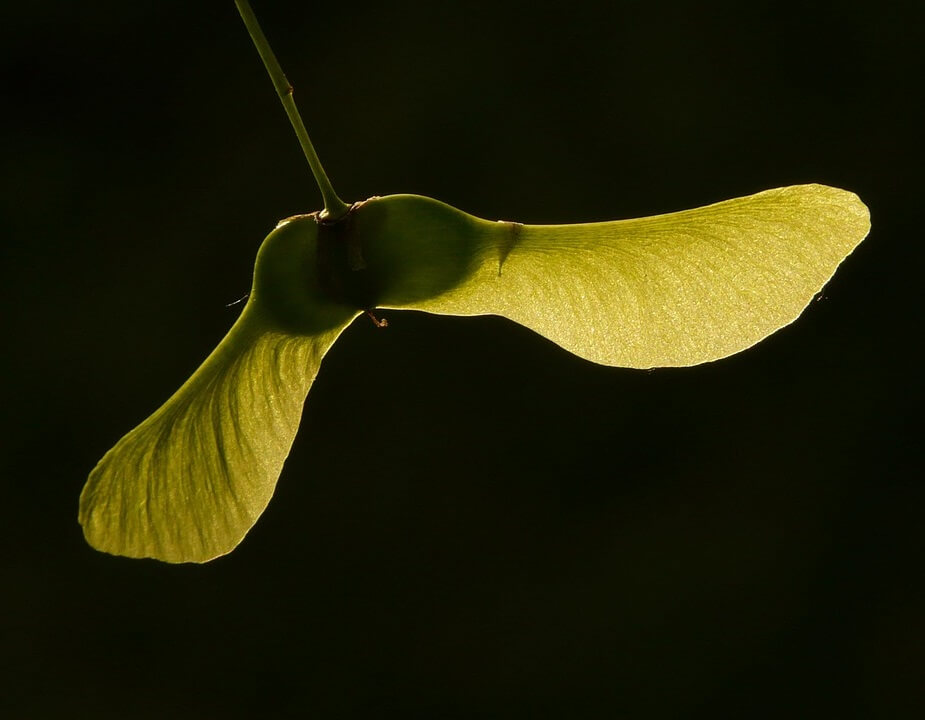
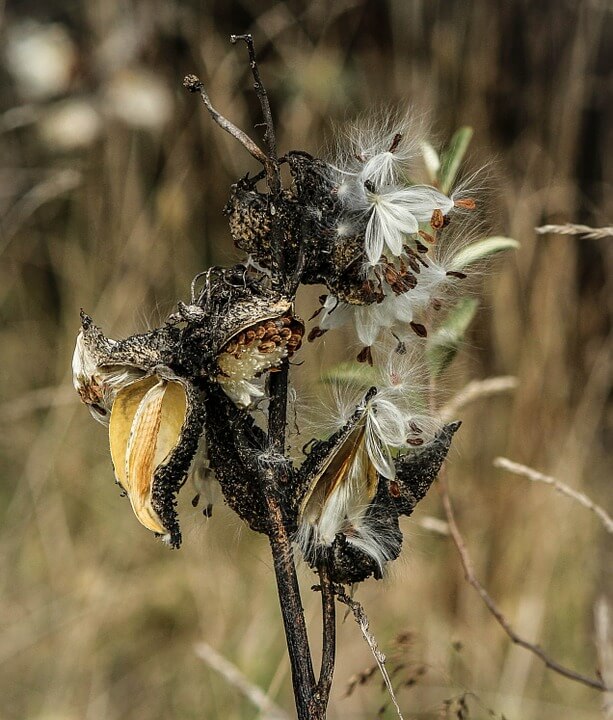
Activity 3: Take a Nature Walk, Visit a Flower Shop, or Research Online - Animal Seed Dispersal
Activity 4: Complete a Field Book Entry

After your nature walk, complete page 35 in 'Science Field Book for Third Grade.'